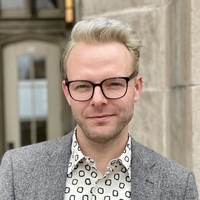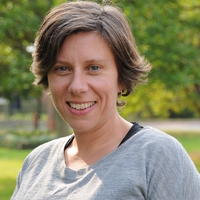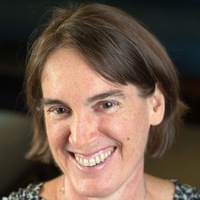
Eric Swank
Eric Swank is currently an Associate Professor of Social and Cultural Analysis at Arizona State University.
His research specializes in gender relations, sexualities, racism, and social movements. With over 50 publications, Swank writes on the ways that stigmatized populations accept and challenge social inequalities. In doing so, his research explores the ways that education and heterosexist assumptions are related to minority stress, LGBT activism, sexual compliance, and color-blind racism. His works appear in Sex Roles, Archives of Sexual Behavior, Journal of Homosexuality, Research in Higher Education and other top journals. Eric is also the Associate Director of NCUIRE, the ASU West program that encourages and funds undergraduate research experiences.
His research specializes in gender relations, sexualities, racism, and social movements. With over 50 publications, Swank writes on the ways that stigmatized populations accept and challenge social inequalities. In doing so, his research explores the ways that education and heterosexist assumptions are related to minority stress, LGBT activism, sexual compliance, and color-blind racism. His works appear in Sex Roles, Archives of Sexual Behavior, Journal of Homosexuality, Research in Higher Education and other top journals. Eric is also the Associate Director of NCUIRE, the ASU West program that encourages and funds undergraduate research experiences.
less
Related Authors
Michael Woodford
Wilfrid Laurier University
Breanne Fahs
Arizona State University
Patrick R Grzanka
University of Tennessee Knoxville
Nikki Hayfield
University of the West of England
Victoria Clarke
University of the West of England
Elizabeth Peel
Loughborough University
Esra Ummak
Cukurova University
InterestsView All (31)







Uploads
Papers by Eric Swank
Drawing from General Social Survey data from 1996 to 2004,
we found that lesbians, gays, and bisexuals were more than
twice as likely to protest as heterosexuals. To account for this
sexuality gap, we used Patrick Egan’s (2008) political distinctiveness theories to identify possible underlying causes of
these protesting differences. After running several regressions,
we found that sexuality and protesting relationships were
moderated by issues of educational attainment, marital statuses, metropolitan residencies, political partisanships, governmental grievances, and gender role expectations.
Drawing from General Social Survey data from 1996 to 2004,
we found that lesbians, gays, and bisexuals were more than
twice as likely to protest as heterosexuals. To account for this
sexuality gap, we used Patrick Egan’s (2008) political distinctiveness theories to identify possible underlying causes of
these protesting differences. After running several regressions,
we found that sexuality and protesting relationships were
moderated by issues of educational attainment, marital statuses, metropolitan residencies, political partisanships, governmental grievances, and gender role expectations.
This event is sponsored by the Social and Cultural Analysis Program at ASU's West campus, and by Barrett, The Honors College. The event is free and open to all!